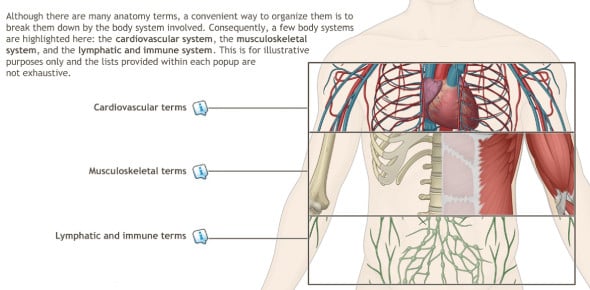Comprehensive Anatomy Review: Brain Structures and Functions Quiz
- AAMC
2.
You may optionally provide this to label your report, leaderboard, or certificate.
×
Thank you for your feedback!
















